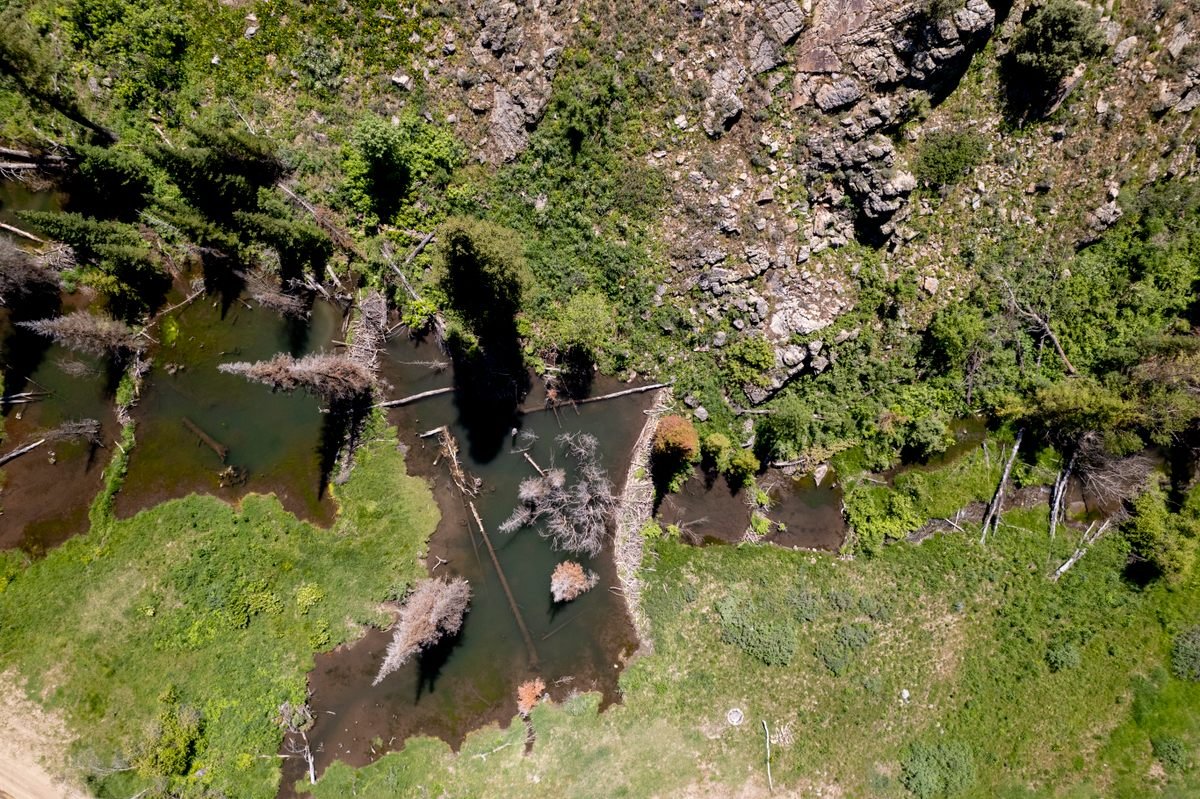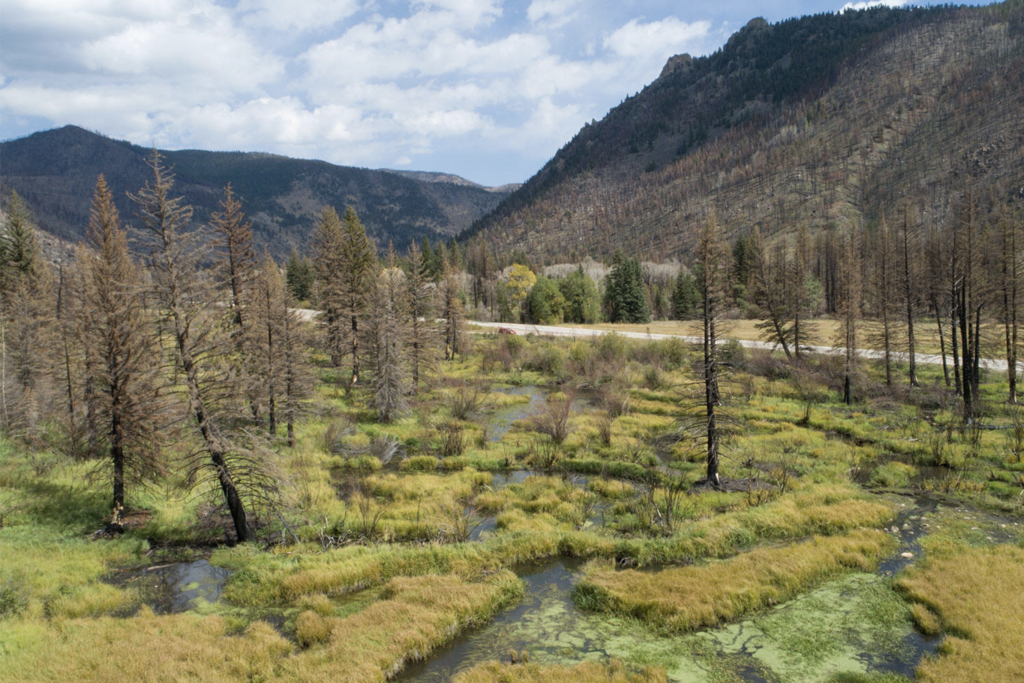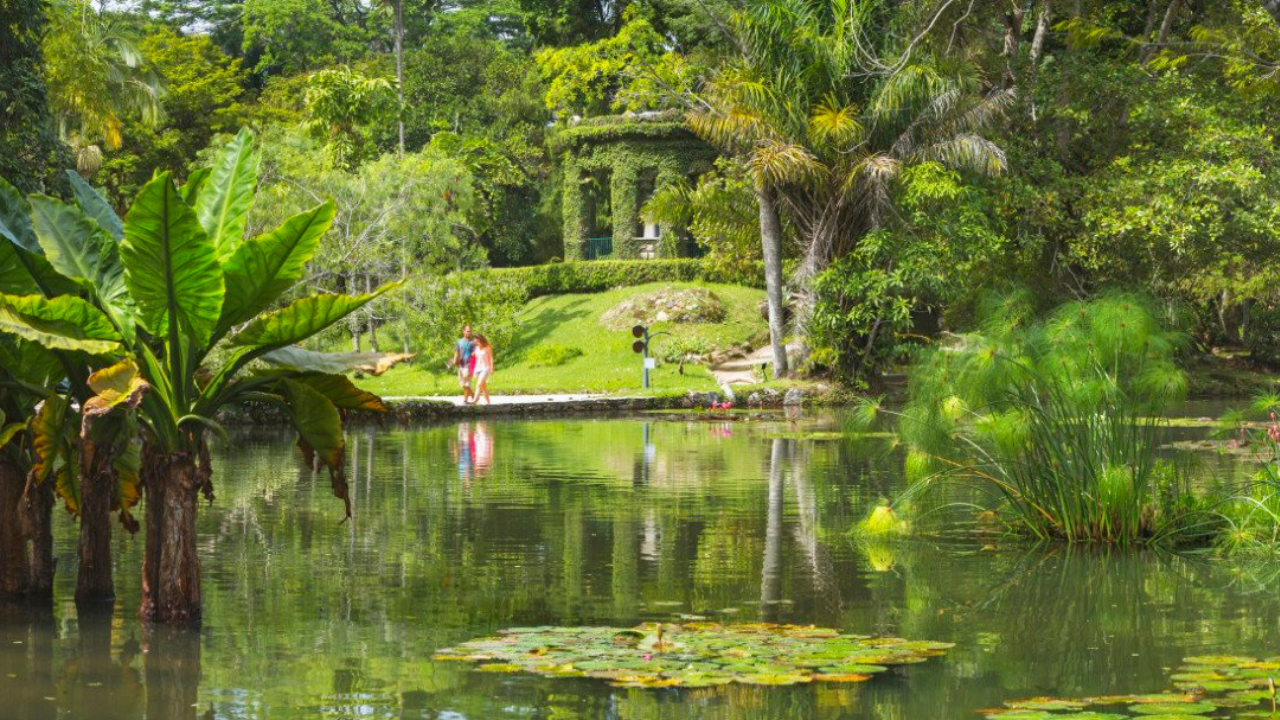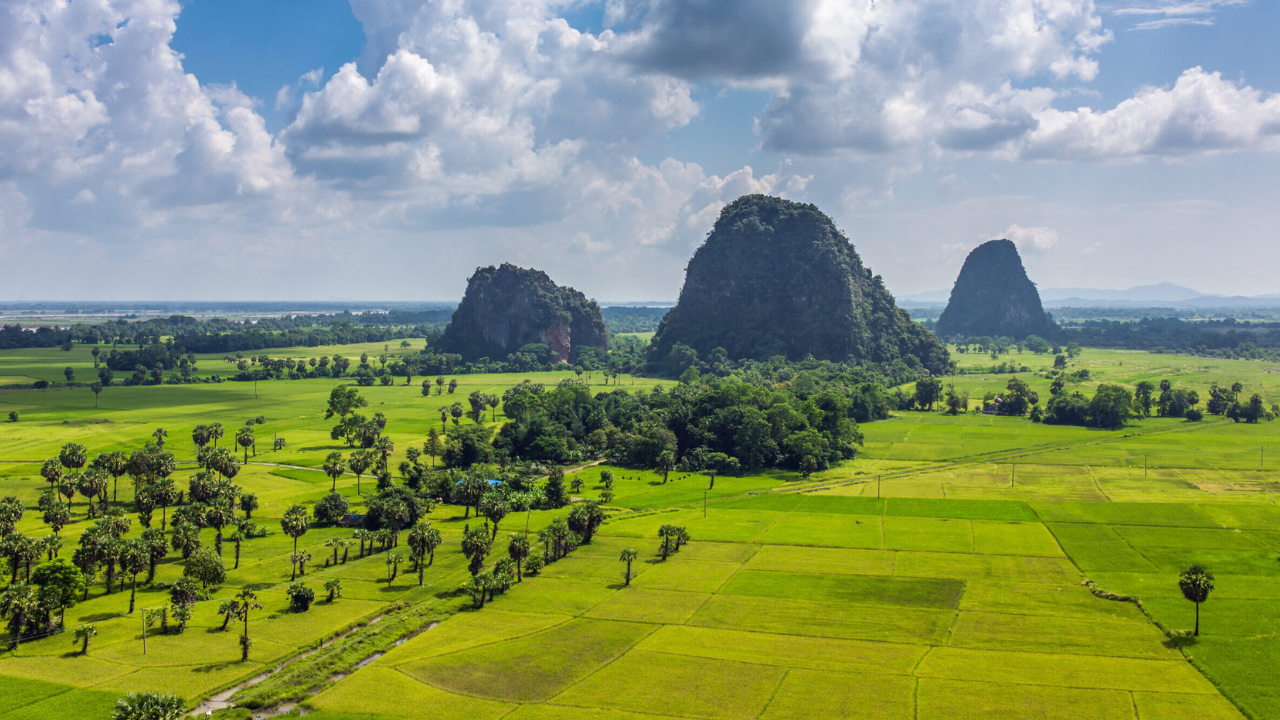
Idaho’s Parachuting Beavers Build Forest Resilience: A Unique Conservation Story
In the mid-20th century, Idaho’s forests faced a unique challenge: how to relocate beavers to remote areas where they could thrive and contribute to ecosystem health. The solution? Parachuting beavers. Yes, you read that right. In one of the most unconventional conservation efforts in history, beavers were dropped from planes into the wilderness to help restore damaged ecosystems. This fascinating story is not just a quirky piece of history—it’s a testament to the resilience of nature and the innovative spirit of conservationists. Today, as we face growing environmental challenges, the tale of Idaho’s parachuting beavers offers valuable lessons in forest resilience, wildlife management, and the power of creative problem-solving.
The Problem: Human-Wildlife Conflict
In the 1940s, Idaho’s growing human population led to increased conflicts between people and beavers. Beavers, known for their dam-building prowess, were causing flooding in agricultural areas and damaging infrastructure. However, simply removing or exterminating these animals wasn’t a sustainable solution. Beavers play a crucial role in maintaining healthy ecosystems, and their absence can lead to a cascade of negative effects, including soil erosion, reduced water quality, and loss of biodiversity.
Conservationists needed a way to relocate beavers to remote areas where they could continue their vital work without causing problems for humans.
The Solution: Operation Beaver Drop
In 1948, the Idaho Department of Fish and Game launched “Operation Beaver Drop,” a daring initiative to parachute beavers into the Frank Church River of No Return Wilderness. Here’s how it worked:
- Capturing Beavers: Beavers were captured from conflict areas using humane traps.
- Preparing for Flight: The beavers were placed in specially designed wooden boxes with air holes and parachutes.
- The Drop: The boxes were loaded onto planes and dropped from the sky into remote forested areas.
- Release: Upon landing, the beavers were released to begin their new lives in the wilderness.
The operation was a resounding success. Of the 76 beavers parachuted into the wilderness, only one fatality was reported—a remarkable achievement given the unconventional method.
Why Beavers Matter: Ecosystem Engineers
Beavers are often referred to as “ecosystem engineers” because of their ability to transform landscapes. Their dam-building activities create wetlands, which provide numerous ecological benefits:
- Water Storage: Beaver dams slow the flow of water, reducing the risk of floods and droughts.
- Habitat Creation: Wetlands created by beavers support a diverse range of species, from fish and amphibians to birds and mammals.
- Soil Health: Beaver ponds trap sediment and nutrients, improving soil quality and promoting plant growth.
- Carbon Sequestration: Wetlands store large amounts of carbon, helping to mitigate climate change.
By relocating beavers to remote areas, Idaho’s conservationists not only resolved human-wildlife conflicts but also enhanced the resilience of forest ecosystems.
Lessons for Modern Conservation
The story of Idaho’s parachuting beavers offers several important lessons for modern conservation efforts:
1. Think Outside the Box
Sometimes, the most effective solutions are the most unconventional. Operation Beaver Drop demonstrates the power of creative thinking in addressing complex environmental challenges.
2. Embrace Nature’s Resilience
Beavers are a prime example of nature’s ability to heal and restore itself. By supporting keystone species like beavers, we can enhance the resilience of ecosystems and promote biodiversity.
3. Balance Human and Wildlife Needs
Conservation isn’t just about protecting wildlife—it’s about finding ways for humans and animals to coexist. Relocating beavers to remote areas allowed them to thrive while minimizing conflicts with people.
4. Learn from the Past
The success of Operation Beaver Drop highlights the importance of learning from past conservation efforts. By studying what worked (and what didn’t), we can develop more effective strategies for the future.
The Legacy of Idaho’s Parachuting Beavers
Today, the legacy of Idaho’s parachuting beavers lives on. The Frank Church River of No Return Wilderness is home to thriving beaver populations that continue to shape the landscape and support biodiversity. The story has also inspired modern conservationists to explore innovative approaches to wildlife management, from using drones to monitor ecosystems to reintroducing beavers in other parts of the world.

How You Can Support Forest Resilience
While parachuting beavers may not be a practical solution for everyone, there are many ways you can contribute to forest resilience and wildlife conservation:
- Support Conservation Organizations: Donate to or volunteer with organizations that protect forests and wildlife.
- Promote Sustainable Practices: Advocate for policies that balance human needs with environmental protection.
- Educate Yourself and Others: Learn about the role of keystone species like beavers and share your knowledge with others.
- Get Involved Locally: Participate in tree planting, habitat restoration, or wildlife monitoring projects in your area.
Final Thoughts: A Tale of Resilience and Innovation
The story of Idaho’s parachuting beavers is a reminder that even the most unconventional ideas can lead to meaningful change. It’s a celebration of nature’s resilience, the ingenuity of conservationists, and the power of collaboration.
As we face the environmental challenges of the 21st century, let’s draw inspiration from this unique chapter in conservation history. By thinking creatively, embracing nature’s wisdom, and working together, we can build a more resilient and sustainable future for our forests, our wildlife, and ourselves.
-
Peru Approves New Innovative Environmental Policies: A Step Forward for Forest Conservation and Woodland Exploration

Spread the loveIntroduction: A New Dawn for Peru’s Natural Heritage On April 4, 2025, Peru stands at a pivotal moment in its environmental history. The Peruvian government has recently approvedContinue readingPeru Approves New Innovative Environmental Policies: A Step Forward for Forest Conservation and Woodland Exploration
-
The Legal Structure for Biodiversity Benefits-Sharing Already Exists in Brazil: Here’s How It Can Serve Communities

Spread the loveBrazil, a nation renowned for its unparalleled biodiversity, has long been a global leader in crafting policies to protect its natural heritage while ensuring equitable benefits for itsContinue readingThe Legal Structure for Biodiversity Benefits-Sharing Already Exists in Brazil: Here’s How It Can Serve Communities
-
China and Brazil’s Joint Commitment to End Illegal Deforestation: Implications for EU, UK, and US Importers

Spread the loveIn April 2023, China and Brazil unveiled a landmark joint commitment to combat illegal deforestation driven by trade, signaling a pivotal shift in global forest conservation efforts. AsContinue readingChina and Brazil’s Joint Commitment to End Illegal Deforestation: Implications for EU, UK, and US Importers

Leave a Reply